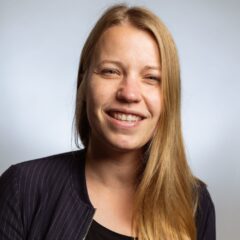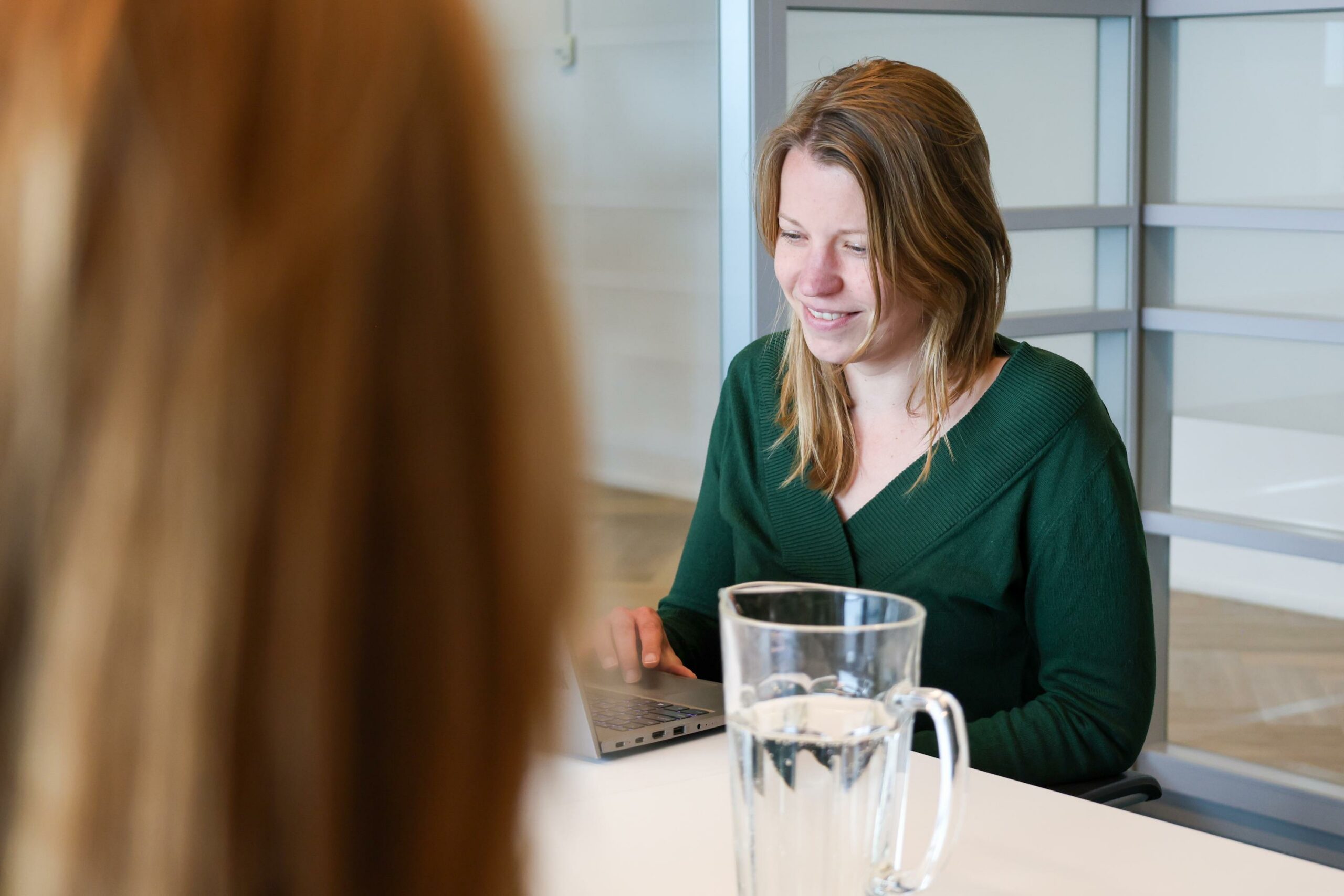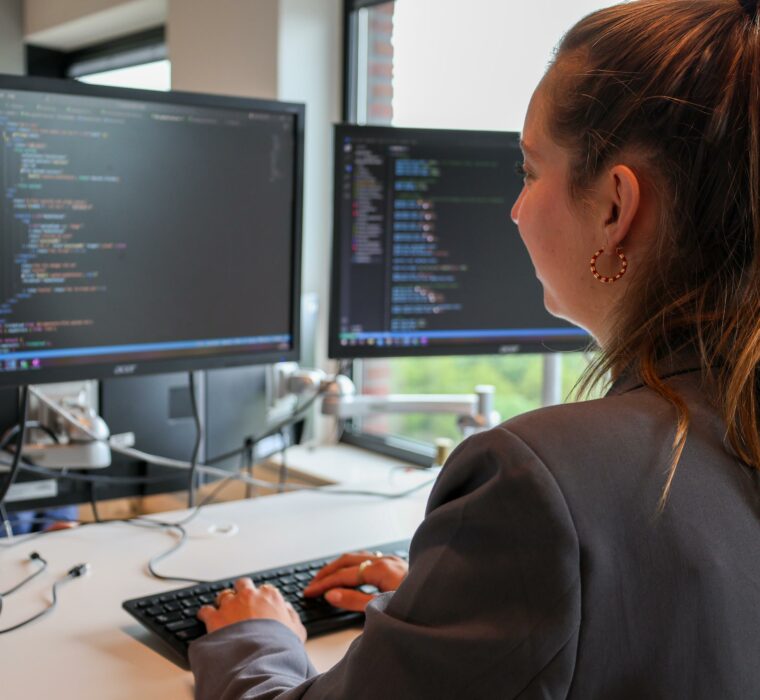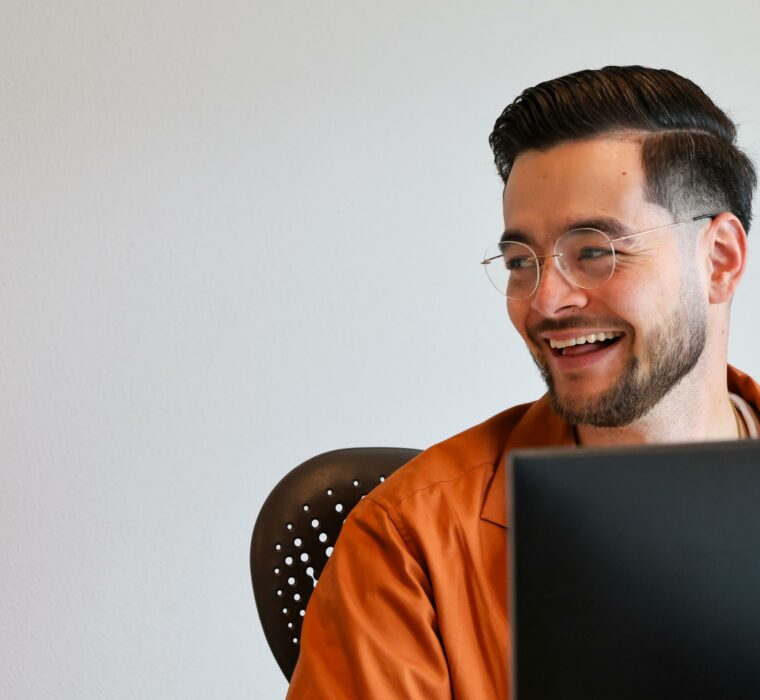
Maybe you already know us, have worked with us for years. You may have no idea who works at inBrain. Our team is what makes us unique, which is why we like to tell a little more about the people behind the products!
This time we introduce you to Marleen Volman, Digital Learning Specialist at inBrain.
How would you describe your job to a 5-year-old child?
‘You go to school to learn. Adults, like your parents, also need to learn from time to time. I think of ways to make sure they understand and remember everything, such as lessons on the computer or phone, games or fun ways the teacher can tell something in the classroom.’
What is missing from the inBrain office that you do have at home?
‘The inBrain office actually has almost everything. Tasty coffee, lots of greenery, a foosball table and most importantly, awesome people to chat and confide with. That is why I am there as much as possible. There are even quite a few fellow hobby musicians. The only thing missing is a soundproof room to make music. I’ve had that luxury at home for several years now.’

If you could only have three apps on your phone, what would you choose (and why)?
‘I’m afraid I can’t live without WhatsApp anymore. In addition, Google Maps is a must because I am always walking, biking or traveling by public transport. And number three: Spotify. I still think it’s a miracle that you can just listen to anything you want.
What did you want to be in the past and what do you see from that in your work today?
‘I wanted to become everything. Once I wrote a piece, in high school I believe, wondering what it would be like if you went down the whole alphabet in working life. Astronaut, baker, circus performer… My work actually fits that very well. From my role as a learning specialist, I get to take a look at a wide variety of professions. ‘
If inBrain were an orchestra, what would your role be?
‘I would be a double bass. Steady, not in the foreground, but always present.’

More about Marleen
In my role as Digital Learning Specialist at inBrain, I get to sit down with the organization, subject matter experts and the target audience to think about the problem, the cause and the solution. I think it’s cool to reduce a complex and a lot of information to its essence and transform it, together with the experts, into a clear story. The best part is then coming up with and developing creative learning solutions, getting the story across well and making sure people can link it directly to their own practice.
I can put my background in applied cognitive neuroscience to good use in this regard. There I learned a lot about how people process information. An engaging learning solution with a strong message, combined with good conversations and changes in the organization, can really make a difference. The fact that I get to work on this every day doesn’t actually feel like work.






